[ad_1]
In recent years, there has been a significant boom in the gas-to-power sector in Europe. This trend has been driven by several factors, including the move towards cleaner energy sources, increasing demand for natural gas, and the need to replace aging coal and nuclear power plants. However, along with the opportunities presented by this gas-to-power boom, there are also several challenges that need to be addressed.
One of the main opportunities that the gas-to-power sector presents is the reduction of greenhouse gas emissions. Natural gas is considered a cleaner-burning fuel compared to coal and oil, leading to lower carbon dioxide emissions. As Europe continues to shift towards more sustainable energy sources, gas-to-power plants provide a transitional solution, allowing countries to decrease their reliance on fossil fuels while they develop and integrate renewable energy technologies.
Furthermore, the increasing demand for natural gas in Europe offers an opportunity for countries to diversify their energy sources. Currently, Europe heavily depends on gas imports from Russia, causing concerns about energy security. By developing and expanding their domestic gas-to-power capacity, European countries can reduce their dependence on external suppliers and enhance their energy autonomy.
The replacement of aging coal and nuclear power plants with gas-fired power plants is another opportunity presented by the gas-to-power boom. Many European countries are facing the challenge of decommissioning their coal-fired power plants due to environmental concerns. Gas-fired power plants offer a more flexible and sustainable alternative, as they can be quickly ramped up or down to match the fluctuating demand for electricity and produce fewer emissions.
However, there are several challenges that need to be addressed to ensure the success of Europe’s gas-to-power boom. The first challenge is the high initial investment required for building new gas-fired power plants. Although natural gas prices are relatively low, building new infrastructure and retrofitting existing plants can still be costly. Governments and stakeholders need to work together to provide adequate financial support and incentives to attract investments in the sector.
Another challenge is the issue of methane leakage. While natural gas is cleaner than coal, it is not without its environmental concerns. Methane, a potent greenhouse gas, can leak during the extraction, transportation, and storage of natural gas. Efforts should be made to ensure that the entire natural gas supply chain is well-regulated and monitored to minimize methane emissions. Investing in advanced technologies for methane detection and reduction is crucial to maintain gas-to-power’s environmental benefits.
Furthermore, the gas-to-power boom should not hinder the development of renewable energy sources. While natural gas can provide a transition towards cleaner energy, it is not a long-term solution to climate change. Governments and policymakers need to establish a clear roadmap for the integration of renewables, ensuring that gas-fired power plants are not seen as a permanent alternative but rather a stepping stone towards a fully sustainable energy system.
In conclusion, Europe’s gas-to-power boom offers various opportunities, including reduced carbon emissions, increased energy security, and the replacement of aging coal and nuclear power plants. However, several challenges need to be addressed, such as high initial investments, methane leakage, and the need to prioritize renewable energy development. With careful planning, investment, and regulatory measures, Europe can successfully navigate through the gas-to-power transition while gradually moving towards a sustainable and decarbonized energy future.
[ad_2]

